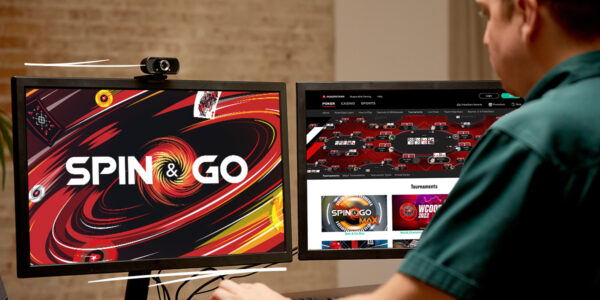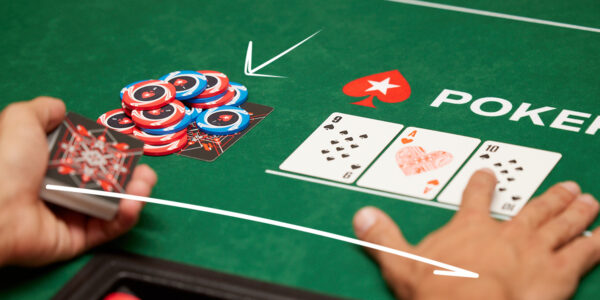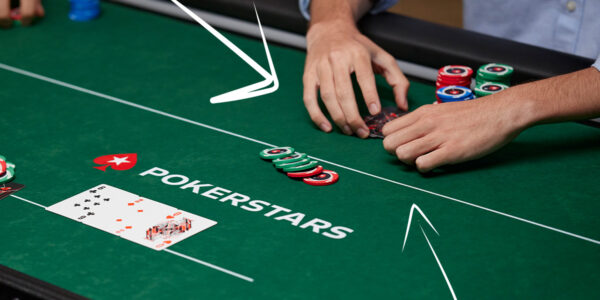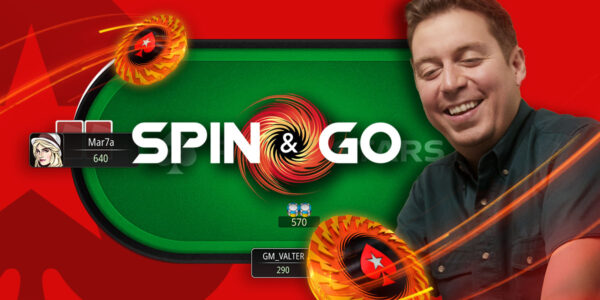Asking the Right Questions
As Poker players striving to improve our game, we often will do self-reviews of our own play looking for leaks, or things to work on improving. But what should we look for?
Where should we invest time studying to improve?
People often engross themselves in analysing and breaking down interesting but largely irrelevant spots. Let’s say for example you raise preflop and flop two pair. You value bet all three streets, and on the river your opponent raises you all in. There’s no flush possible, a backdoor straight, some sets, etc. You’re lost for what to do. Should you call this raise, or fold?
Some players will go into a deep-dive of range analysis trying to break down this spot. In the end, they may find it’s a call or a fold. But often, depending on the price we’re getting and how the ranges break down, it may be close. I’ve even seen conclusions reached where it’s almost break even either way, meaning we are indifferent to calling or folding over time. This is a lot of time and energy invested in an interesting spot, but is it a good use of our time and energy? It’s likely not the best use.


For starters, this is a rare scenario where we’ve raised preflop, flopped two pair, barreled three streets, and now get raised all in on the river. This precise scenario may come up once a year. Secondly, while it’s good as a general concept to study spots for a big amount of chips, often these spots will come down to being something fairly close between calling and folding. Of course, until you’ve worked through a few of these you may not realize this. So there’s nothing wrong with going through this process, but it may not be the best place to focus your regular study.
So with that said, where should one focus their study/learning to improve their game? I would recommend the following:
Do I adjust enough preflop?
Many students of the game simply get preflop charts from some source they consider credible, and follow those almost by habit. When pressed why they don’t work on refining their preflop strategy, they may say something like “well, if opening this hand or folding that one on the fringe of this chart is a mistake, it’s only a very small mistake, so I don’t see the value in focusing on this”.
It’s true, unless you’re doing something grossly wrong, like opening way too wide, or folding way too tight, the fringe areas of any reputable starting hand chart can go either way and are small mistakes if wrong. But that’s not the end of it. For starters, most charts don’t address how to adjust ranges for opens with reads.
For instance a chart might say facing an RFI (raise first-in) from UTG when you’re on the BU, 3B range X, call range Y, fold the rest. But surely we would adjust this strategy if the UTG opener was a tight/conservative nit. What if they were a maniac? Or otherwise very passive? What if they got two callers before our turn to act?
There aren’t charts for every single contingency, so understanding why the chart publisher is recommending certain ranges is important so you can make intelligent adjustments to the changing circumstances you face in game. Secondly, while preflop strategy errors may mostly be small errors, they occur at a much higher frequency. It’s rare for us to triple barrel and face an all-in river raise, but we face a preflop decision every single hand.
Lastly, our entire post-flop strategies will be impacted by the preflop actions and ranges we choose. A small error early in the hand, like preflop, can easily snowball into larger errors on future streets. Getting a solid preflop strategy down with understanding and flexibility for the situation, rather than just following charts, is a very valuable time investment that will pay long-term dividends in your game.
Is my c-betting range balanced?
Constructing solid c-betting ranges for when we are the preflop raiser is essential to long term success in this game. It’s early 2021 as I write this, and long gone are the days when we can raise preflop, bet the flop, and print money. People play better now, and don’t fold as often to a single bet.
We need to understand how to construct ranges for a c-betting strategy whether we are going for a balanced attack (like we would against other strong players who are ranging us and skilled at exploiting leaks), or for an exploitative attack (against more casual players).
Again, whether we choose to check or bet, and the size we use when c-betting, will have ramifications for later streets when larger bets could go in the pot. If we c-bet 100% of the time as the PFR (preflop raiser), we will get to the turn with an overly weak range filled with way too many low equity bluffs. If we c-bet way too infrequently, like 20% (only our strongest hands like top pair+ and little to no draws), then we get to the turn with a wildly imbalanced range that is very strong in flopped made hands, but weaker when a draw completes as we haven’t included any draws in our c-bet range.
When we do c-bet all our draws to be aggressive and try to “take it down”, then our checking range has no draws for us to make when the draw completes. By working on and refining our c-bet strategies, we’ll perform much better across turns and rivers in general, and will yield better results in the long run. Since we will have numerous flop continuation bet opportunities in a session, it’s a good skill to refine.
Asking the right questions when considering what to study and review is an important step towards your poker growth. Choosing things to solidify that occur frequently, and/or have an impact on future decisions or overall strategy, will yield the most fruitful growth results. While more obscure or infrequent things may be interesting to dig into from time to time, they are usually not the best use of your study time, particularly if said time is already limited. Trust me on this. If you get really good at the three things above, the more obscure one offs won’t really matter much in the long run as these will in driving your graph up the charts.











